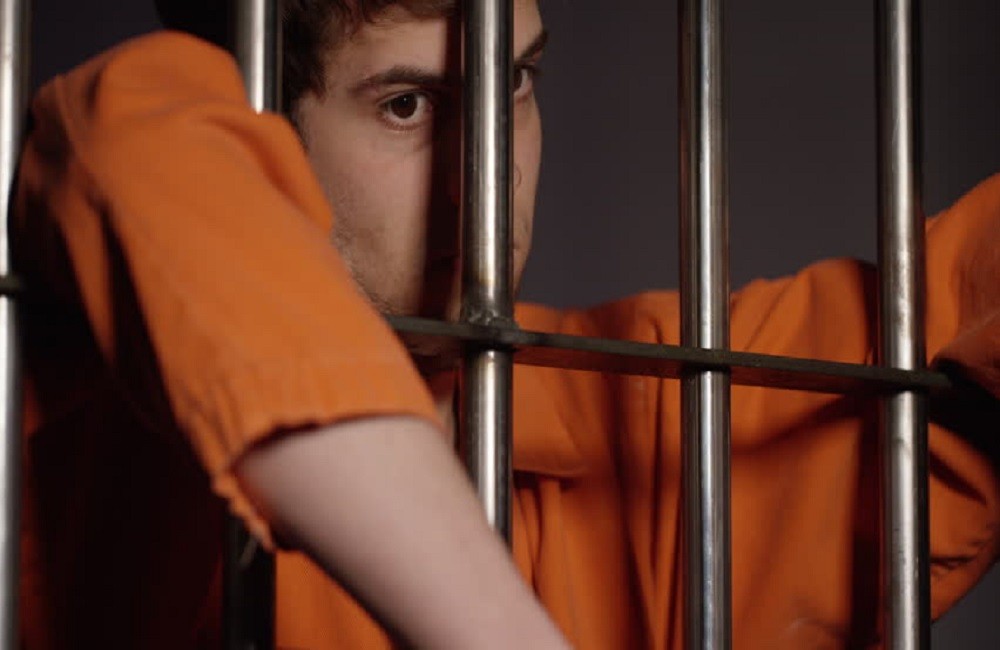An article by Denise-Marie Ordway republished from the Journalist’s Resource, a website examining news topics through a research lens, curating top academic and governmental research and synthesizing the content into clear data points and accessible language. Read the original article.
More attractive men and those with baby-faced features are less likely to be incarcerated, a new study suggests. Men with facial scars are more likely to receive milder sentences. The issue: Research has established there are differences in how people are treated within the criminal justice system. For example, women are less likely than men to be detained before trial or sent to prison, according to a 2015 study published in the Journal of Criminal Justice. Meanwhile, a 2015 working paper for the U.S. Bureau of Justice Statistics finds that black men receive harsher sentences than white men.
Scholars and policymakers are working to understand what causes and contributes to such disparities. A new study suggests a link between certain facial features and the severity of the punishment a judge assigns to certain types of crime.
An academic study worth reading: “Facial Profiling: Race, Physical Appearance, and Punishment,” published in Criminology, June 2017.
About the study: Brian D. Johnson, a criminology professor at the University of Maryland, and Ryan D. King, a criminology professor at The Ohio State University, examine how men’s physical appearance might influence whether they are perceived to be threatening and the types of punishment they receive.
The authors used data from the Minnesota Sentencing Guidelines Commission to draw a random sample of 1,200 men who had been convicted of felony crimes in the Minneapolis-St. Paul metropolitan area in 2009. Johnson and King also obtained booking photos from local law enforcement agencies for 1,119 cases. They asked four research assistants to score each of the men based on their physical appearance. The group of research assistants, comprised of two men, two women, two black people, one white person and one Hispanic person, rated the men in areas such as attractiveness and dangerousness and whether the offender had a “baby” face or “mature” face.
Key findings:
- On average, black, Hispanic and Native American men were considered to have a more threatening appearance than white, non-Hispanic men. Asian men were considered least threatening.
- More attractive and baby-faced men were considered less threatening. Men with visible tattoos or scars were considered to be more threatening.
- The more attractive a man was rated to be, the less likely he was imprisoned. Men with baby faces had lower odds of being incarcerated.
- Men with facial tattoos were more than twice as likely to go to prison than men without facial tattoos.
- Men with facial scars receive less severe sentences. The authors said that the “unexpected direction of this effect may suggest that facial deformities serve as a signal of past trauma, inability to protect oneself, or risk of future victimization, which translates into sentencing leniency …”
- There does not appear to be a link between sentencing severity and whether or not a man has a threatening appearance.
Other resources:
- Journalist’s Resource has compiled government reports and research focusing on inmate demographics and prison population trends.
- Some of the prominent organizations pushing for sentencing reform are the American Civil Liberties Union, The Sentencing Project, Families Against Mandatory Minimums and Legal Action Center.
- Nursing Home Abuse Center: Resources and information spreading awareness of LGBT seniors being mistreated and often abused in nursing homes and other support facilities.
Related research:
- A 2017 study published in Crime & Delinquency, “Sentencing Outcomes in U.S. District Courts: Can Offenders’ Educational Attainment Guard Against Prevalent Criminal Stereotypes?,” finds that high school graduates are 10 percent less likely to be sent to prison than individuals who did not finish high school.
- A 2017 study in the Proceedings of the National Academy of Sciences of the United States of America, “Language from Police Body Camera Footage Shows Racial Disparities in Officer Respect,” suggests that police officers speak less respectfully to black people than white people during routine traffic stops.
- A 2016 study by King and Johnson, “A Punishing Look: Skin Tone and Afrocentric Features in the Halls of Justice,” indicates that white people with facial features that are more typically associated with black people receive harsher prison sentences.
- A 2016 study in Criminology, “How Judges Think About Racial Disparities: Situational Decision-Making in the Criminal Justice System,” suggests that even when judges try to account for their own implicit biases, they still may contribute unintentionally to racial disparities.
‘Men’s facial features may sway criminal sentencing’ by Denise-Marie Ordway, Journalists Resource
Republished under CC BY-ND 4.0
To cite this study: Johnson, Brian D.; King, Ryan D. “Facial Profiling: Race, Physical Appearance, and Punishment,” Criminology, June 2017. DOI: 10.1111/1745-9125.12143.


Wow. Fascinating study. Thanks for sharing!
It’s really worrying that something like facial features, baby faces or presence of facial scars can have influence over whether people think you are guilty or not of a horrible violent crime. I know we are all human and hard for anyone on a jury to be completely steadfast in working with facts only, but makes me worry about how fair such a system is!